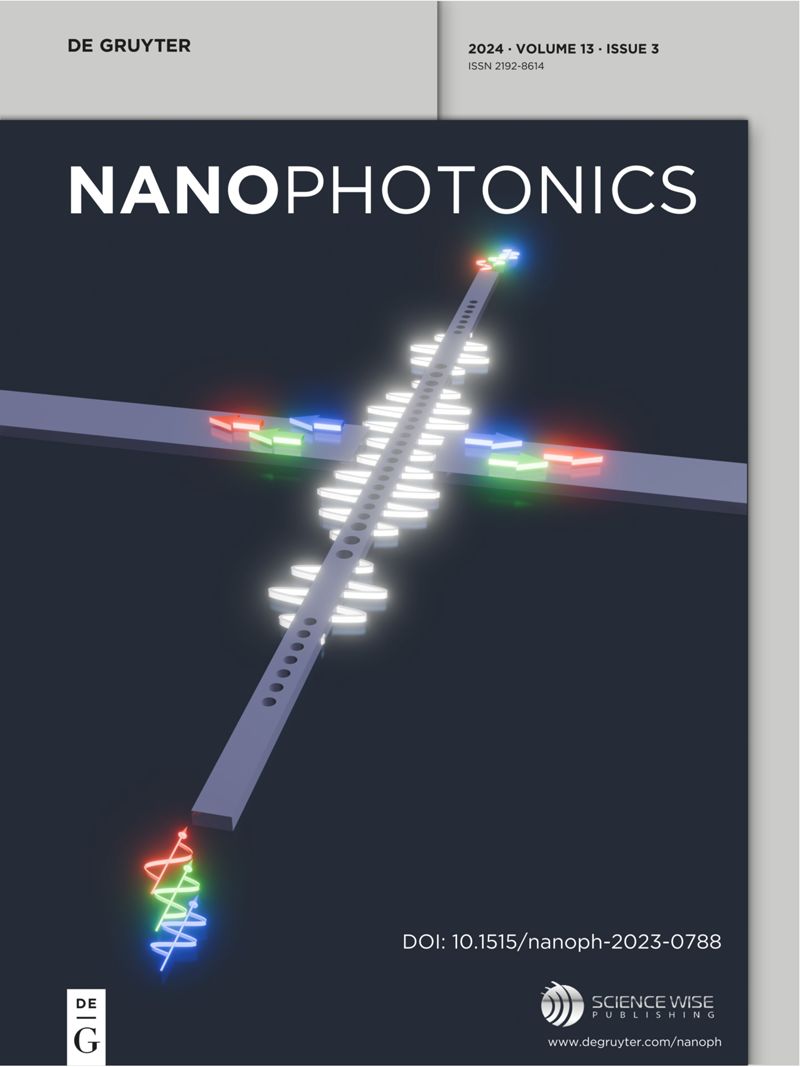Effectively suppressed reflected photonic spin Hall effect
IF 6.5
2区 物理与天体物理
Q1 MATERIALS SCIENCE, MULTIDISCIPLINARY
引用次数: 0
Abstract
The photonic spin Hall effect can engender transverse spatial and angular displacements in both transmission and reflection, with significant applications in optical imaging, edge detection, and the development of spin-based nanophotonic devices. While previous research has focused on enhancing the photonic spin Hall effect, suppression can be beneficial for photonic spin-switching, offering advantages such as increased speed and sensitivity in nanophotonic devices. In this study, we establish a quantitative correlation between the reflection coefficient and the transverse spatial and angular displacements of reflected light, as induced by the photonic spin Hall effect, grounded in electromagnetic theory. We find that the transverse spatial displacement of reflected light can be eliminated under the condition求助全文
约1分钟内获得全文
求助全文
来源期刊

Nanophotonics
NANOSCIENCE & NANOTECHNOLOGY-MATERIALS SCIENCE, MULTIDISCIPLINARY
CiteScore
13.50
自引率
6.70%
发文量
358
审稿时长
7 weeks
期刊介绍:
Nanophotonics, published in collaboration with Sciencewise, is a prestigious journal that showcases recent international research results, notable advancements in the field, and innovative applications. It is regarded as one of the leading publications in the realm of nanophotonics and encompasses a range of article types including research articles, selectively invited reviews, letters, and perspectives.
The journal specifically delves into the study of photon interaction with nano-structures, such as carbon nano-tubes, nano metal particles, nano crystals, semiconductor nano dots, photonic crystals, tissue, and DNA. It offers comprehensive coverage of the most up-to-date discoveries, making it an essential resource for physicists, engineers, and material scientists.
 求助内容:
求助内容: 应助结果提醒方式:
应助结果提醒方式:


